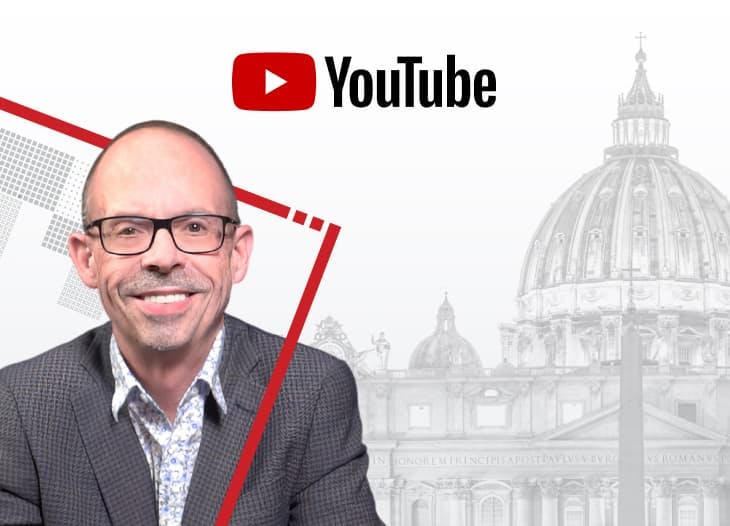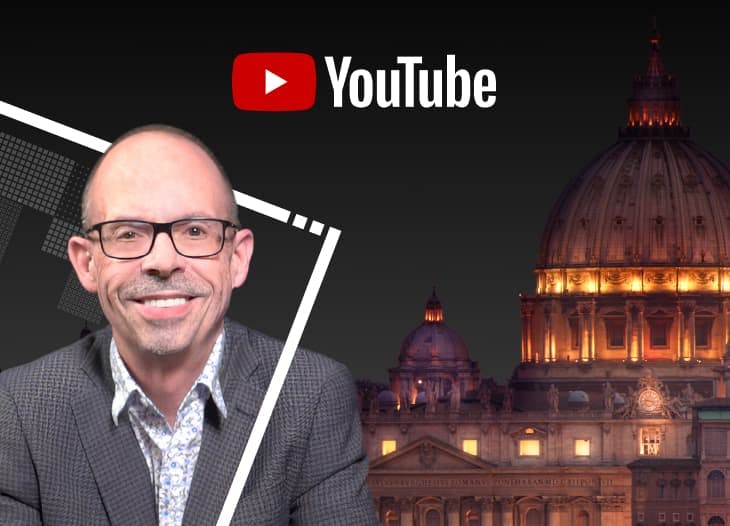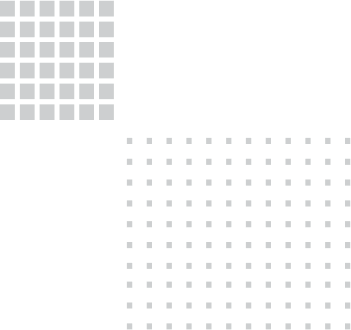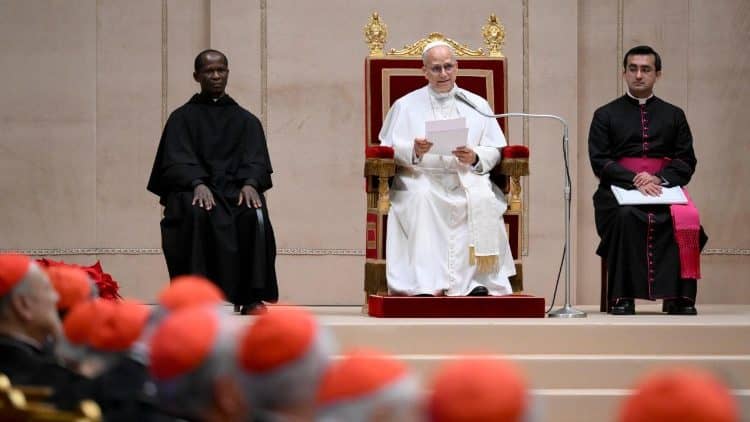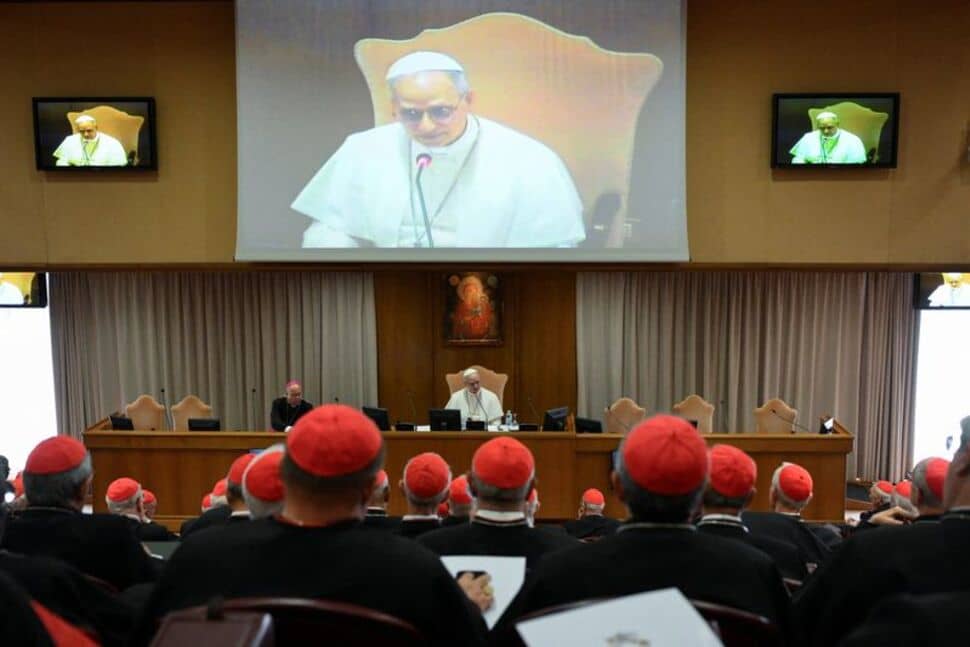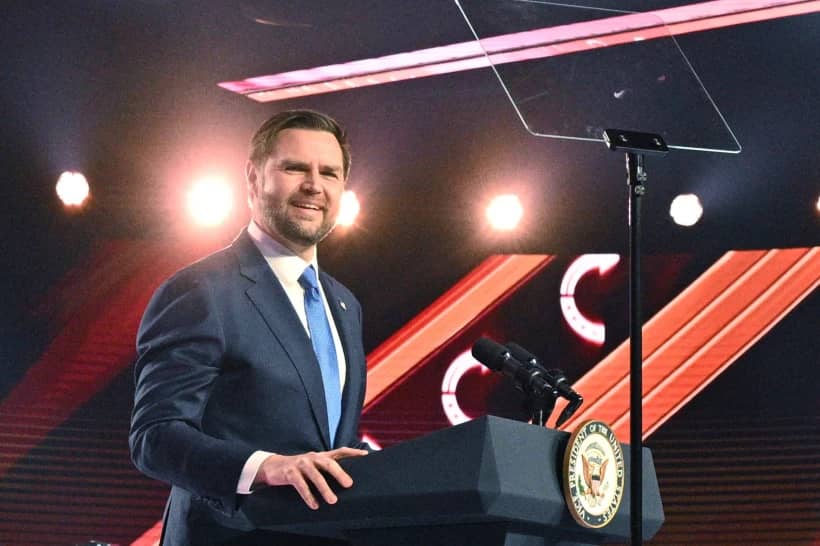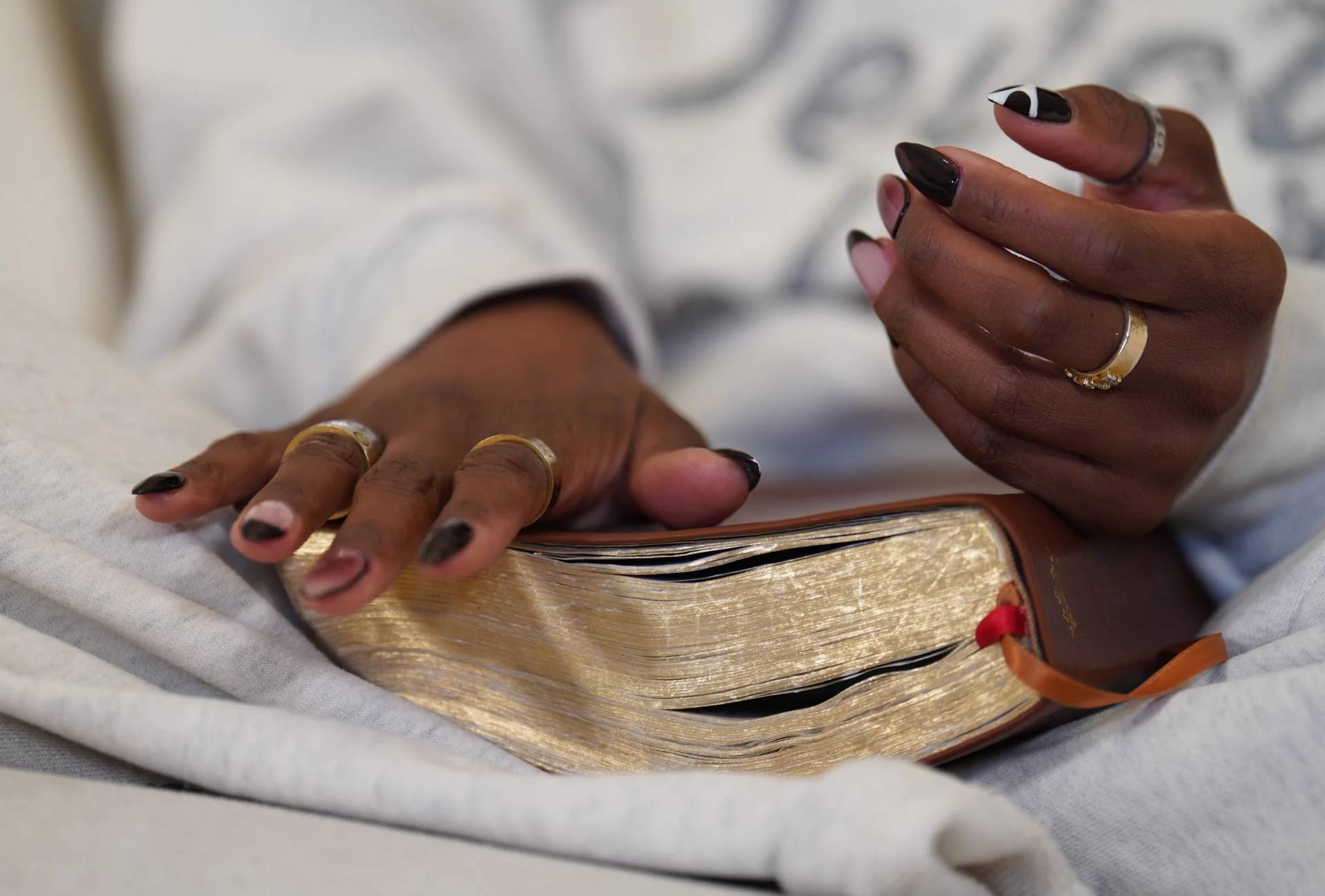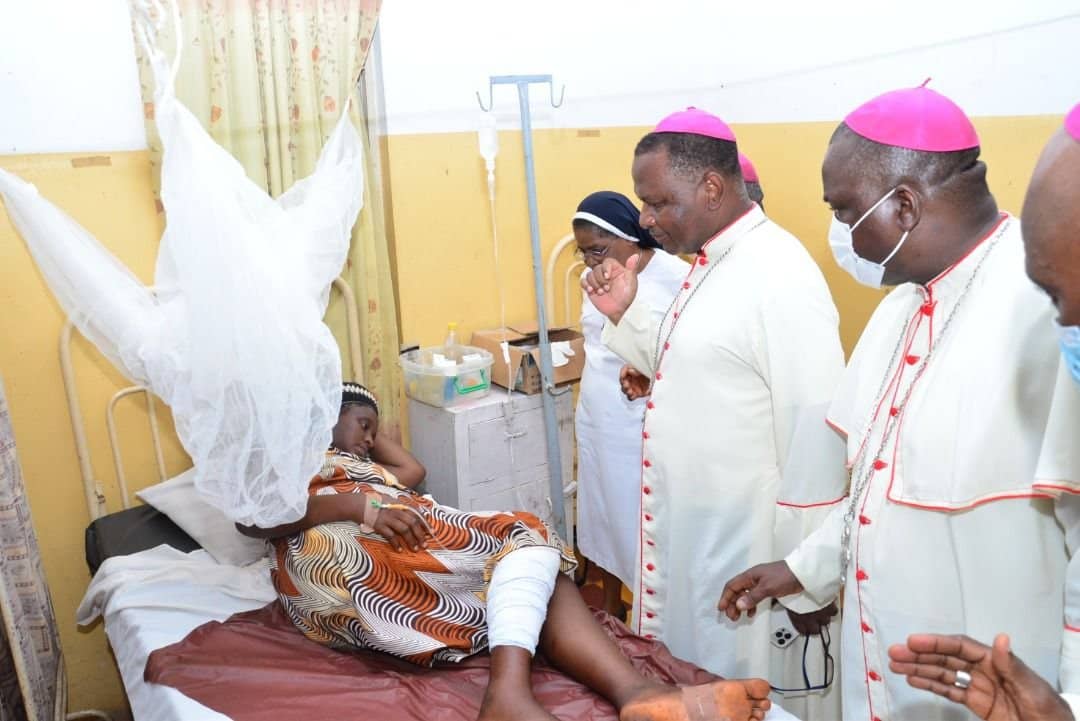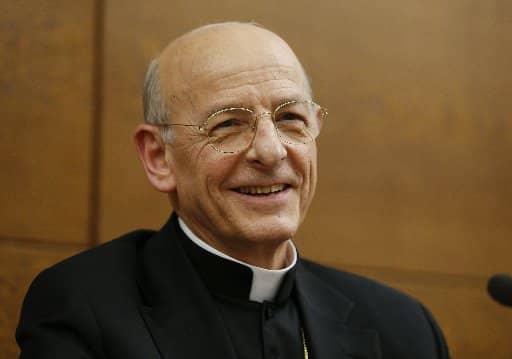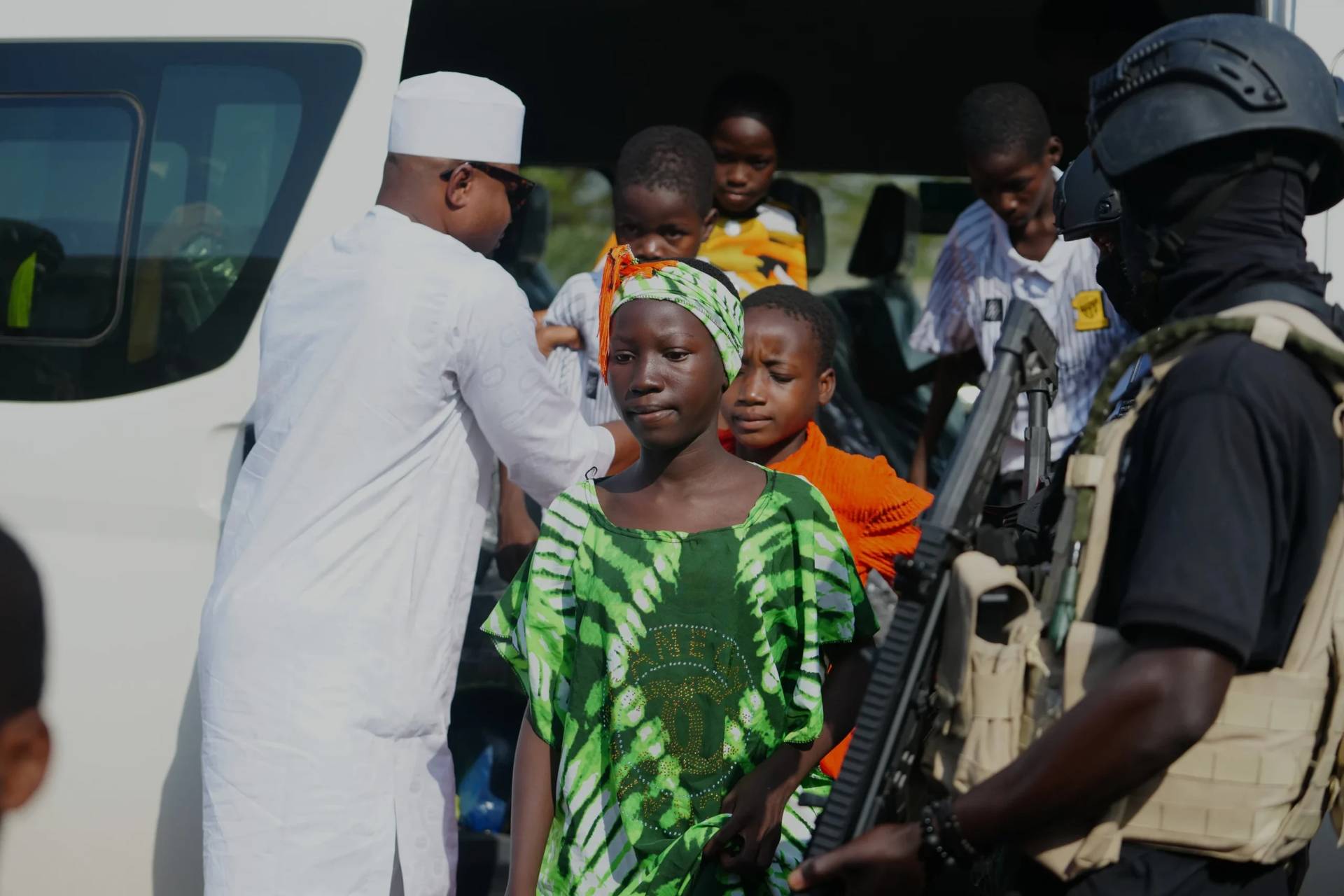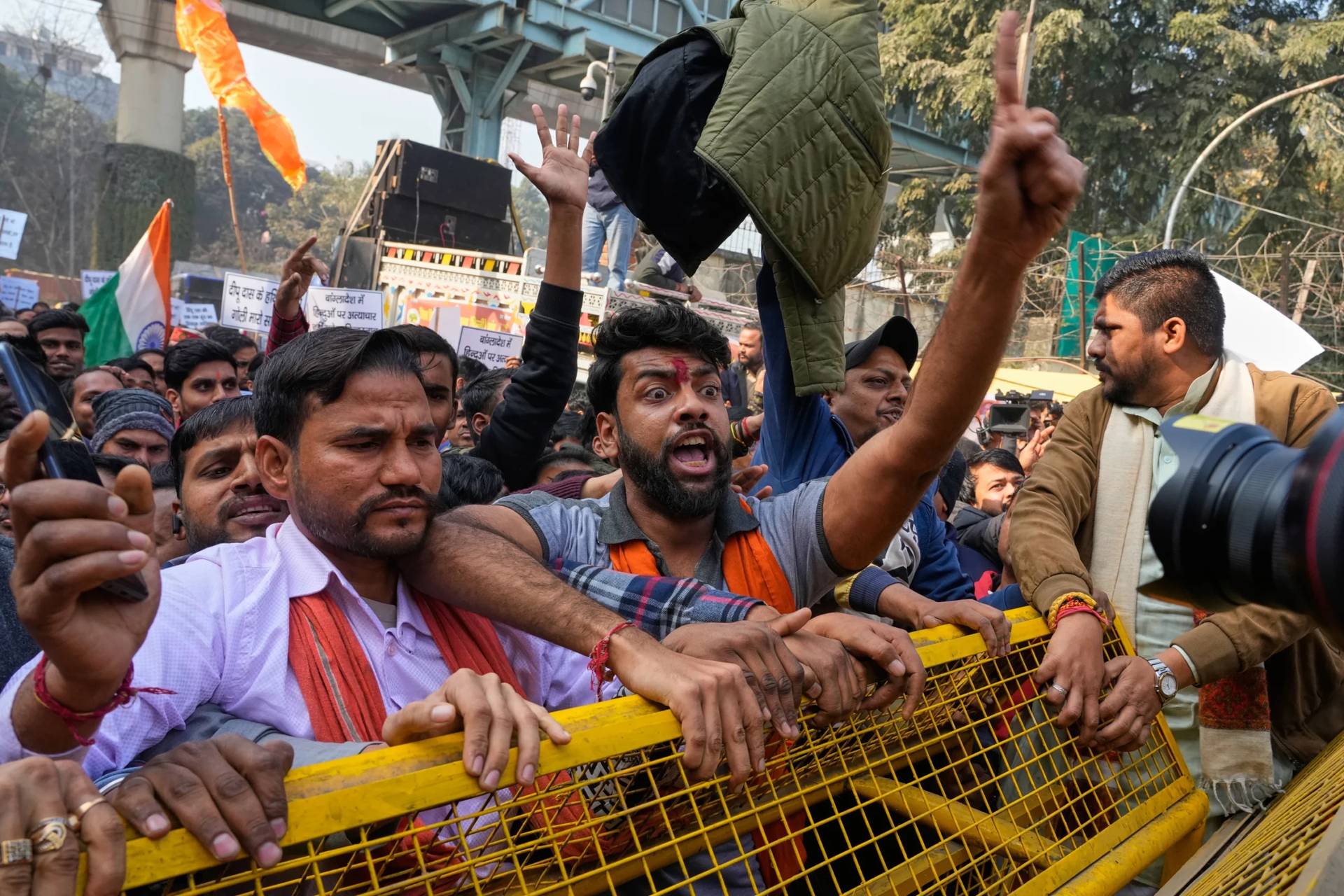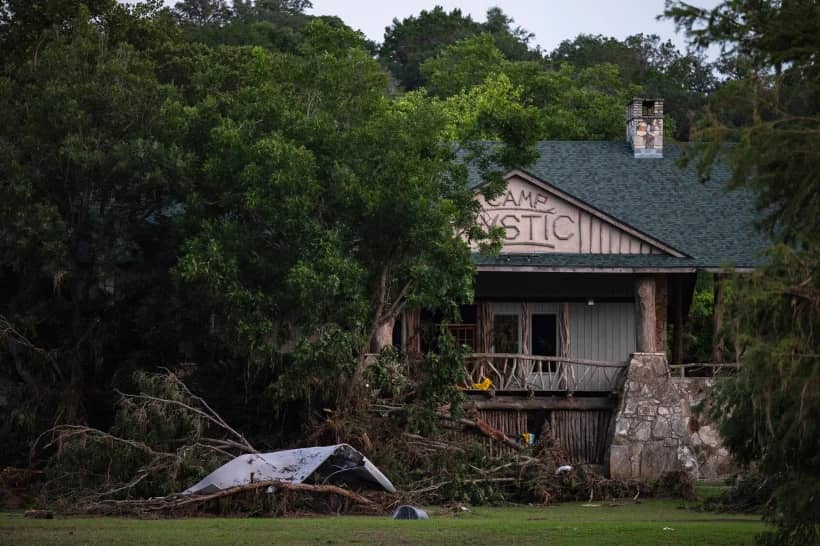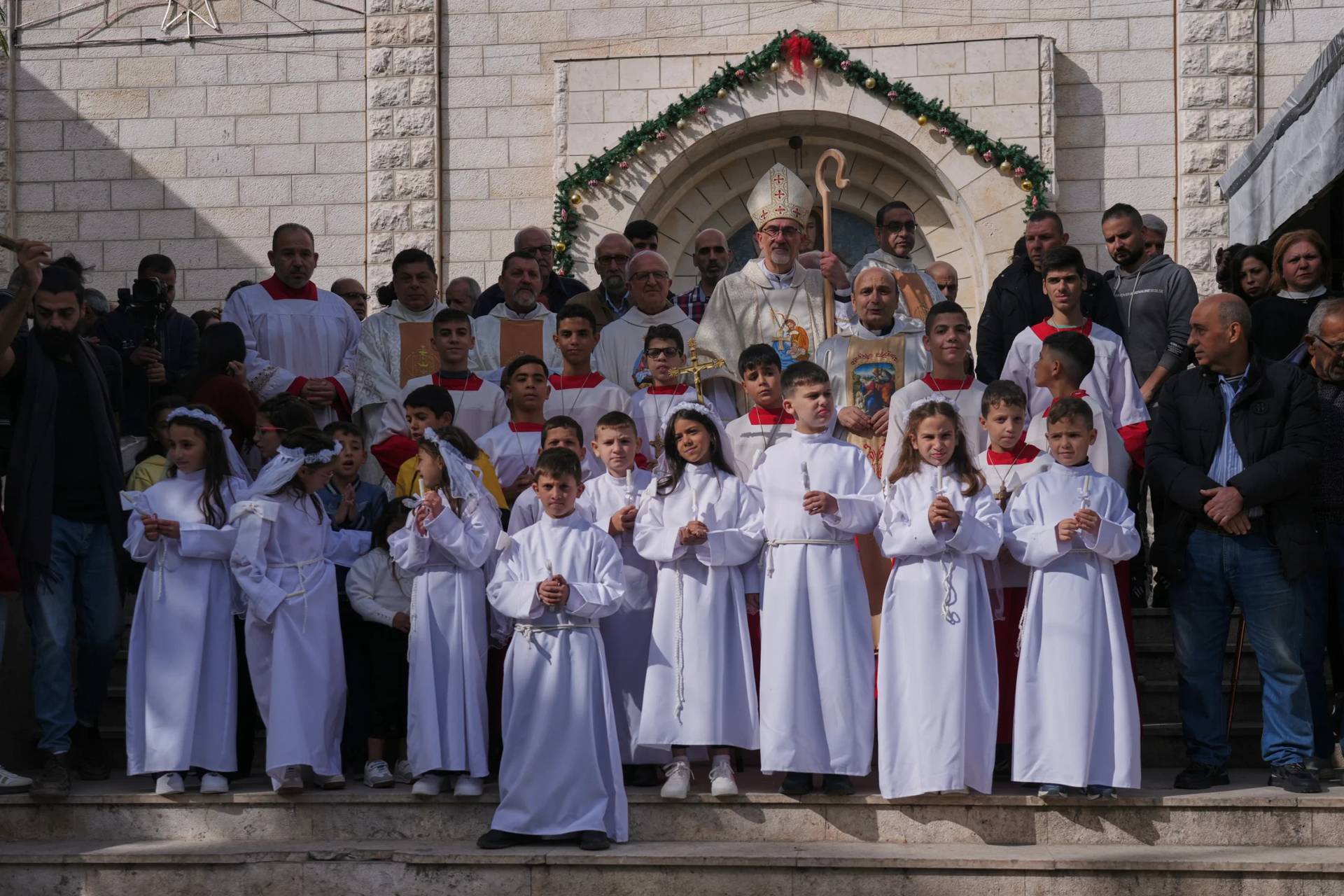ROME – Before there was the Argentinian Pope Francis in Rome, there was another fairly important Francis, also an Argentinian, in Rome: Cardinal Eduardo Francisco Pironio. He was such a key figure back in 1978 that over a dozen international magazines and newspapers had him on their cover as “papabile,” meaning a candidate who could become history’s first pope from the global south.
At a conference in Rome on Wednesday marking the 20th anniversary of Pironio’s death, organized by the Argentinian Embassy to the Holy See, Secretary of State Cardinal Piero Parolin paid tribute.
“Before being a priest and a shepherd, [Pironio] was a baptized Christian who lived a life of grace,” Parolin said. “Christ was for him the whole, and the whole of all things. [Christ] was the reason for his life.”
Though the first conclave of 1978 saw Italian Cardinal Albino Luciani elected to the papacy and the second, less than two months later, elected Polish Cardinal Karol Wojtyła, Pironio continued to be a relevant figure in Rome, where he’d been summoned in 1975 by a man he called his friend, Pope Paul VI, to head the Vatican’s Congregation for Institutes of Consecrated Life and Societies of Apostolic Life.
In 1984, Pope John Paul II appointed Pironio as President of the Pontifical Council for the Laity as well as to the Council for Health Care Workers. He remained head of the Council for the Laity until 1996, when he resigned at the age of 75. The bone cancer that would claim his life soon after, in February 1998, was already impeding him from doing most of his work.
In fact, doctors found the first of many tumors in the mid-1980s. Speaking about his illness, he once said: “I thank God for the privilege of the Cross. I’m very happy for having suffered much. I’m only sorry for the fact that I didn’t suffer correctly, and for the fact that I couldn’t always carry my cross in silence. I only hope that, at least now, my cross becomes luminous and fertile.”
According to Italian Archbishop Renato Boccardo, as he left Laity Pironio wrote: “At the time [the nomination] seemed to me, as to many others, a demotion to a B-grade position. On the contrary, I’ve realized I was promoted to the lay status. The laity, in fact, form the majority of the people of God … I’m glad to finish my service to the Church here: a job in contact with the laity, just as when I began my ministry, many years ago.”
It was during his years as head of this council that Pironio helped to create and promote World Youth Day, an event held every two or three years, most recently in Krakow in Poland, and that is always attended by the pope. Boccardo helped Pironio organize many of those events.
Among other speakers at the May 30 memorial, there were many Vatican heavy-hitters, including Parolin; Argentine Cardinal Leonardo Sandri, Prefect of the Congregation for Oriental Churches and Cardinal Angelo Sodano, former Vatican Secretary of State under John Paul II and still the Dean of the College of Cardinals.
According to Parolin, Pironio’s closeness to Christ was visible in the fact that even in the most challenging moments of his life he never lost his “interior serenity.”
Before arriving in the Vatican, Pironio played a key role in shaping the Church of Latin America as the Secretary-General of the Latin American Bishops’ Conference during the famous conference of Medellin, attended by Pope Paul VI.
The fact that he strove not to permit the Latin American Church to be divided into liberals and conservatives, insisting that the Church is “one, holy, Catholic, apostolic, and Roman,” earned him enemies. According to Professor Gianni La Bella of the Community of Sant’Egidio, who’s writing a biography of Pironio, his refusal to reduce the Church to factions even brought death threats.
As the head of CELAM, the Italian professor said, Pironio advanced the pastoral work of the continental Church. He was “critical” and clear in his corrections, without being “unnecessarily condemning and discriminatory against extremist groups,” La Bella said.
He was also close to saint-to-be Archbishop Oscar Romero, who would refer to Pironio as the model of a modern bishop.
According to La Bella, Romero had at least six books in his library by the Argentine cardinal, all of which had been underlined with notes in the margins, showing a careful reading.
“The ones he had on liberation theology, on the other hand, seemed to have never been opened,” La Bella said.
Parolin defined Pironio as a man of dialogue, fraternity, unconditional love to Christ and to his neighbor, who always answered those who criticized him with fraternal charity.
“Even when the words became calumnies, the Servant of God didn’t change the way he engaged his accusers,” he said. “Prayer and forgiveness characterized his behavior.”
Pironio was the youngest of 22 siblings, born to a mother who, according to the doctors, shouldn’t have had more children after the first one. For this reason, he would often describe himself as a “miracle of Our Lady of Lujan,” patroness of Argentina.
After his funeral Mass in Rome, presided over by John Paul II, his remains traveled to Argentina, where he was buried in the Basilica of Lujan, the same place where he’d been ordained a priest and made a bishop.
In a homily he gave on Feb. 7, 1998, John Paul II recounted the story of Pironio’s mother, as the cardinal had once related it to the pope: “In the history of my family,” the pontiff said quoting the late cardinal, “there is something miraculous. When she gave birth to her first son, my mother was barely 18 years old and fell seriously ill. After her recovery the doctors told her that she would not be able to have any more children without risking her own life. So she went to consult the Auxiliary Bishop of La Plata, who told her: ‘Doctors can be mistaken: put yourself in God’s hands and do your duty as a wife.’ My mother then gave birth to 21 more. I am the last, and she lived until she was 82.”
Yet, the story does not end there. Pironio too, became auxiliary bishop of La Plata and, without knowing the story, the archbishop who made him a bishop gave him the pectoral cross of the man who’d told his mother to trust in God.
“When I told him that I owed my life to the cross’s owner, he wept,” John Paul II quoted Pironio as saying. The Polish pope too considered the Argentine cardinal a friend.
The pontiff called Pironio two days before his death, and the cardinal reportedly said: “I’m on my way to heaven, I will continue to pray for you and the Holy Mother Church from there.”
Pironio died in his bed, and the last words he voiced were directed at an image of the Virgin of Lujan that he kept in his room. Almost 30 cardinals attended his funeral Mass in Rome.
“We cannot explain his existence and the tasks that were entrusted to him without his unconditional love of Christ,” Parolin said on Wednesday. “He was so united to Him that he never lost the internal peace that gave him hope.”
According to Francis’s right-hand man, the Argentine prelate who could have been pope knew the cross is a sign of life, not death, and he lived accordingly.
“Whether he had in front of him people to be evangelized or priests to form and guide, his model was always Christ dead and risen for our salvation,” Parolin said, defining Pironio as a man who led an “existence in the service to the Successor of Peter, the Church, his brothers and sisters, without distinguishing race, language or religion.”

